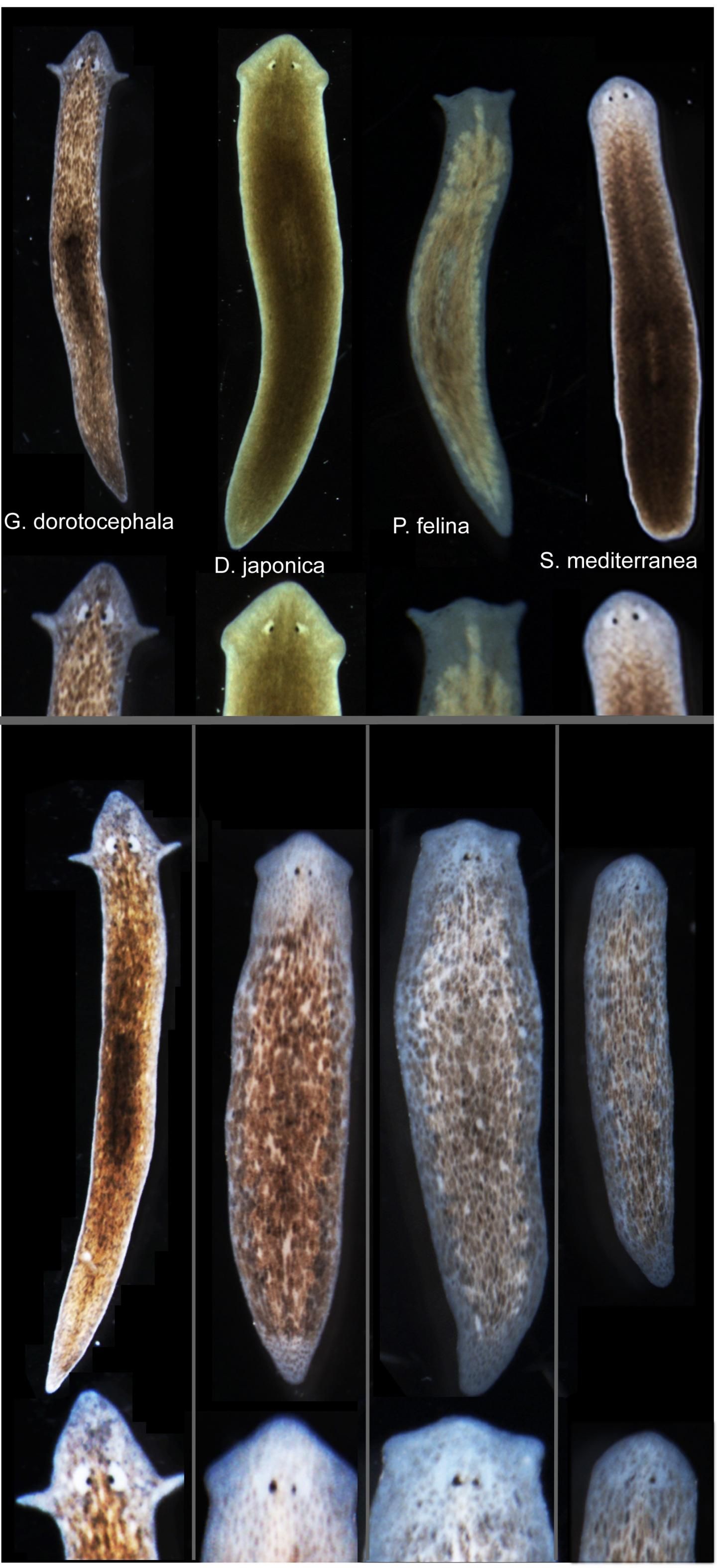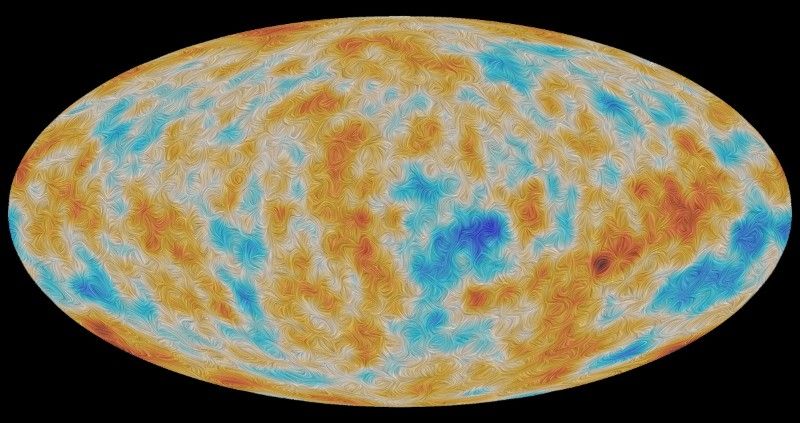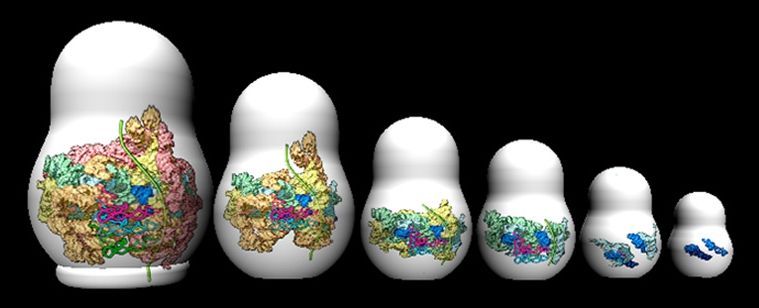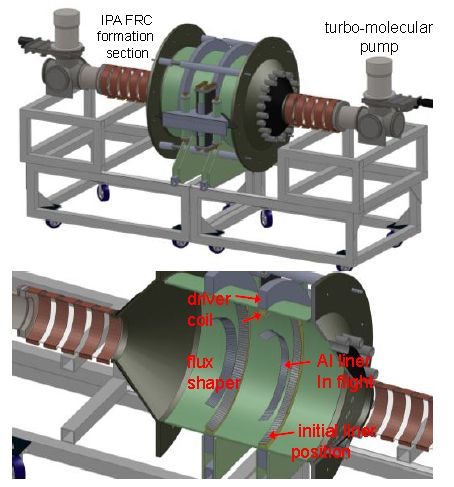Dec 1, 2015
Biologists induce flatworms to grow heads and brains of other species
Posted by Sean Brazell in categories: biotech/medical, genetics, neuroscience
Tufts biologists induced one species of flatworm —- G. dorotocephala, top left — to grow heads and brains characteristic of other species of flatworm, top row, without altering genomic sequence. Examples of the outcomes can be seen in the bottom row of the image. (credit: Center for Regenerative and Developmental Biology, School of Arts and Sciences, Tufts University.)
Tufts University biologists have electrically modified flatworms to grow heads and brains characteristic of another species of flatworm — without altering their genomic sequence. This suggests bioelectrical networks as a new kind of epigenetics (information existing outside of a genomic sequence) to determine large-scale anatomy.
Besides the overall shape of the head, the changes included the shape of the brain and the distribution of the worm’s adult stem cells.


















